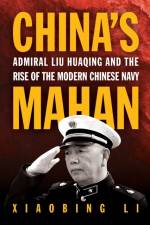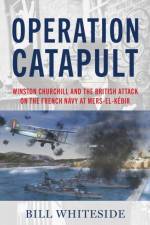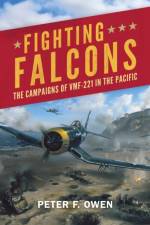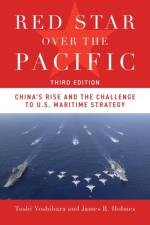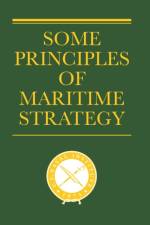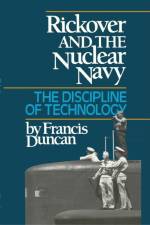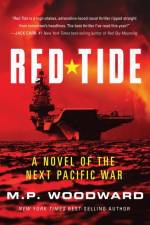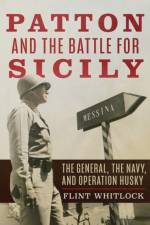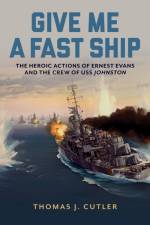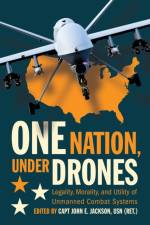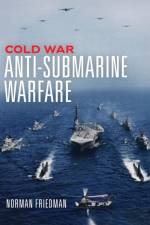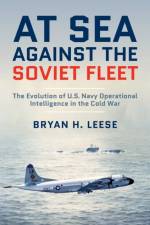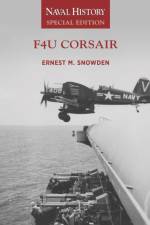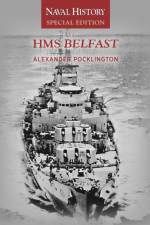av Ernest M Snowden
241
Building upon the expertise of the authors and historians of the Naval Institute Press, the Naval History Special Editions are designed to offer studies of the key vessels, battles, and events of armed conflict. Using an image-heavy, magazine-style format, these special editions should appeal to scholars, enthusiasts, and general readers alike. Rarely is an aircraft design so inspired that it brings forth near-universal recognition and acclaim. In more than 110 years of naval aviation history and more than 50 years of Vought Corsairs in active-duty squadrons, one Corsair model, the F4U, stands alone. In that time, only a few naval aircraft have been acknowledged as game changers that singularly tipped the balance in air combat. The Vought F4U Corsair heads a short list of such aircraft by dint of its supremely efficient lines—a melding of the highly developed Double Wasp powerplant, the outsized Hydromatic propeller that it drove, and the finely tuned airframe that wrapped it. Navy and Marine Corps aviators held the Corsair in high esteem for its ruggedness, speed, and adaptability as a fighter and a bomber, long after its first appearance in the South Pacific during World War II, through the closing weeks of the Korean War. The Corsair’s potency made it sought after by allied air forces long after its final days in U.S. inventory, rendering vital service in French livery at Dien Bien Phu and, finally, with South American air forces in the so-called “Soccer War” of the late 1960s. Here is the complete history of this storied aircraft, from early design through the legendary dogfights of Maj. Gregory “Pappy” Boyington’s Black Sheep Squadron over the Pacific, and in operations in Korea.


